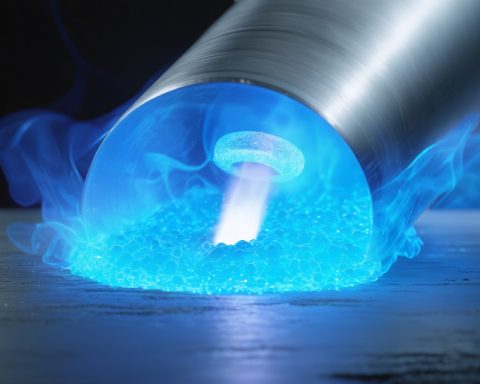Browse TagHydrogen Embrittlement
Hydrogen embrittlement is a phenomenon that occurs when certain materials, particularly metals such as steel, become brittle and fracture due to the absorption and diffusion of hydrogen into their microstructure. This process often results from exposure to hydrogen in various environments, such as during electroplating, welding, or in high-pressure hydrogen applications.Hydrogen atoms, which are small and mobile, can infiltrate the metal's lattice structure, leading to the formation of hydrogen-filled voids or microcracks. These features can significantly reduce the material's ductility and toughness, making it more susceptible to brittle failure under stress. The impact of hydrogen embrittlement can be particularly critical in high-strength steels, where the susceptibility to cracking is heightened due to pre-existing microstructural weaknesses.Preventive measures include controlling the environment to minimize hydrogen exposure, using coatings to protect the metal surface, selecting alloys that are more resistant to hydrogen absorption, and implementing heat treatment processes to restore ductility. Understanding and mitigating hydrogen embrittlement is crucial in industries such as aerospace, automotive, and oil and gas, where safety and structural integrity are paramount.












